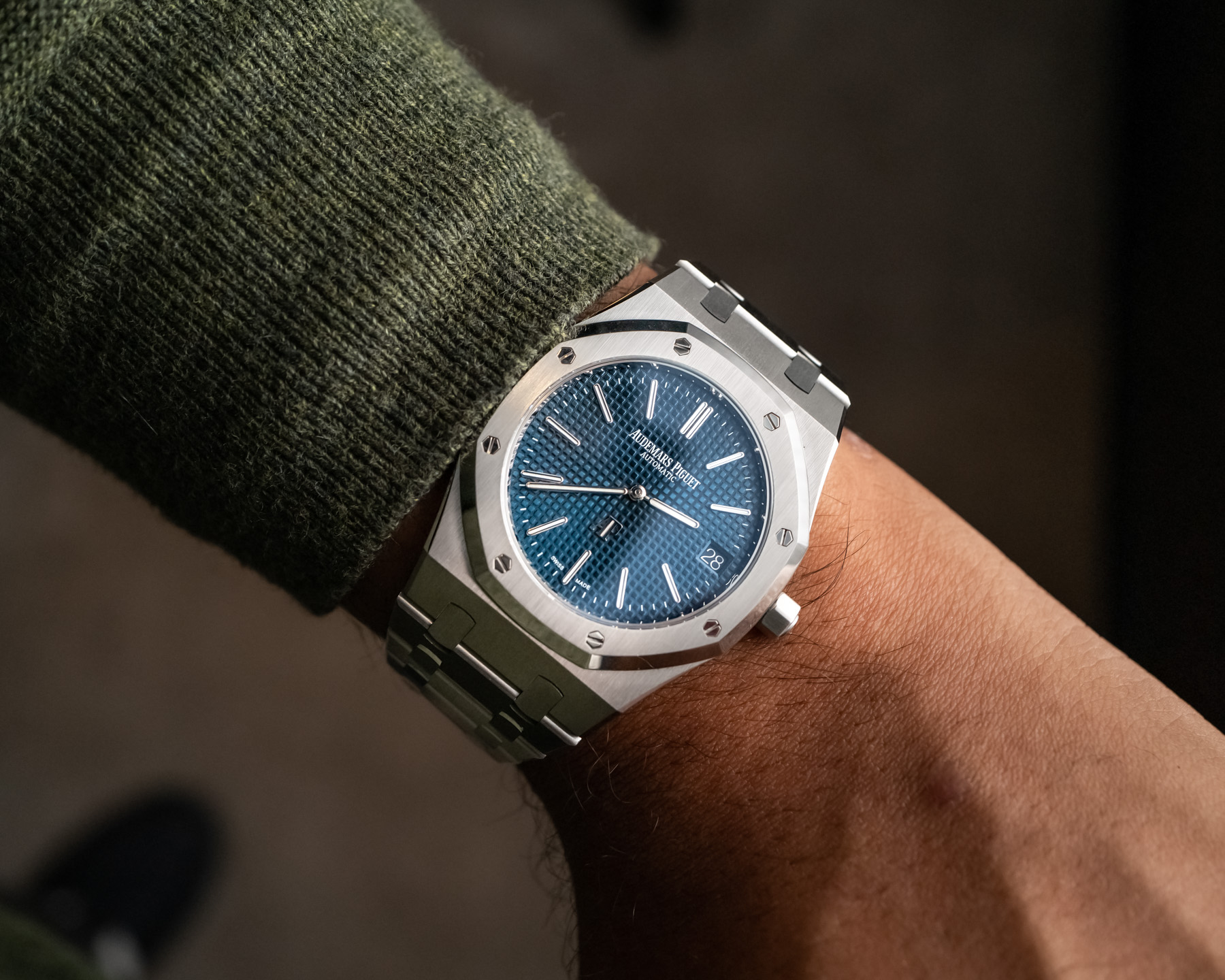
Let’s say you are a genius watchmaker and develop a brand-new piece of technology that you think is going to revolutionize the wristwatch industry. You not only come up with the idea but develop it into a working prototype, just to prove that you’ve come up with more than a cocktail napkin doodle. Best of all, your invention is actually disruptive and helps solve problems that watchmakers haven’t improved upon in decades. What are the chances that this alone will earn you a fortune, or even just the resources to industrialize the technology? Very low, it turns out. This is more or less what actually happened to the great George Daniels when he invented the Co-Axial Escapement technology that we find today in many Omega watches. Omega wasn’t who Daniels reached out to with the technology first, but it seemed to be the only party willing to take a risk on it.
In many ways, the era of marketing a wristwatch based on its technical merits and prowess ended around the time of Omega’s incorporation of Daniels’ invention.
What Omega quickly realized was that having disruptive watchmaking technology in its products didn’t, alone, move consumers very much. Omega actually found that repeated mention of the quizzical sounding “Co-Axial Escapement” technology term was a more effective tool for selling watches than what the technology actually did. This was one of the most important instances in the modern era when traditional watchmakers were faced with the fact that simply improving their products wasn’t enough to sell them. This is partially true because most consumers don’t actually understand watchmaking (and thus can’t evaluate what new technology actually does), and because of the fact that what drives people to purchase luxury watches in the first place isn’t how well they perform as a timekeeping machine.
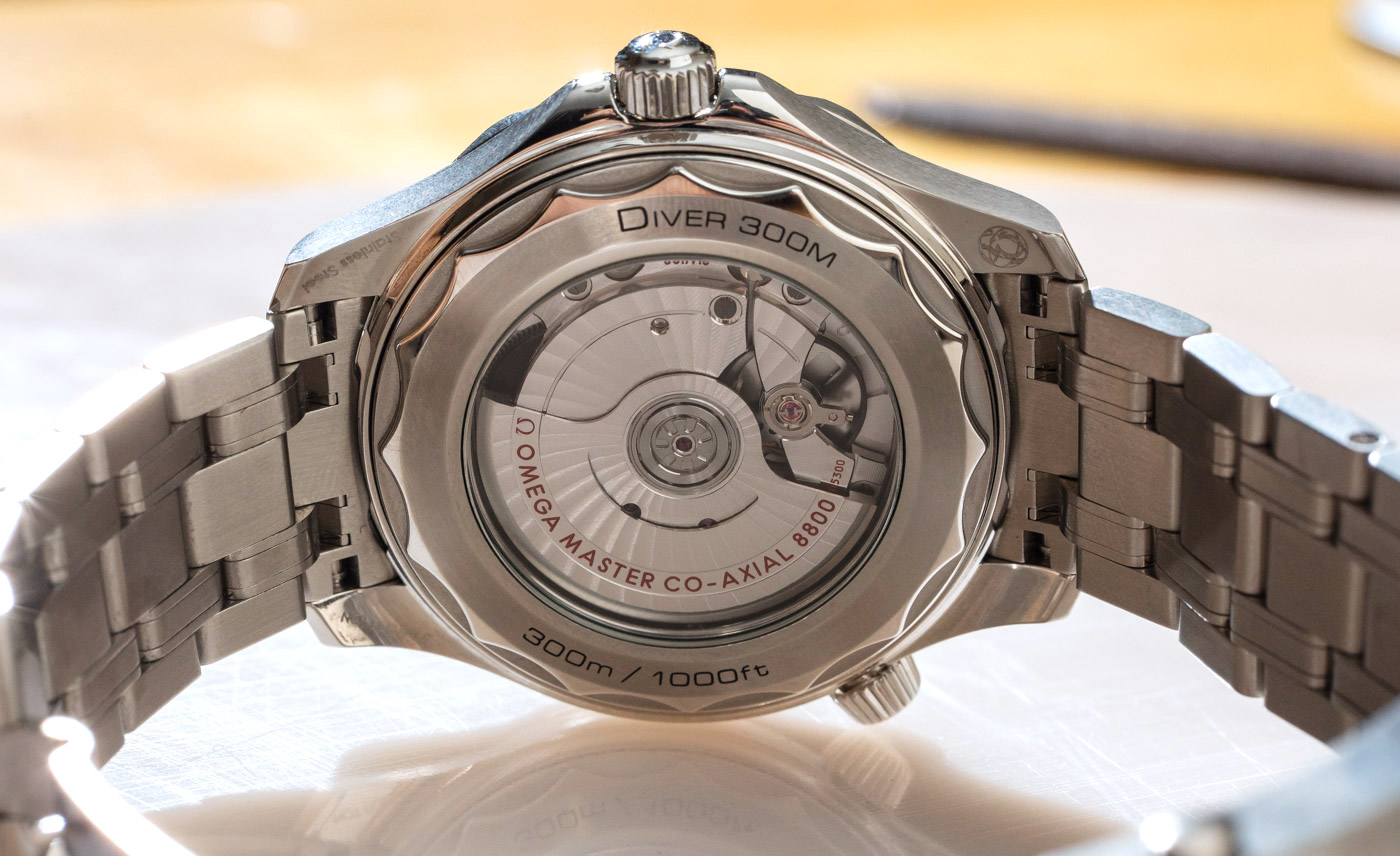 While the below recipe elements are in no particular order, that does not mean that marketers cannot strategize which elements to prioritize, or in what order consumers experience brand messaging. For example, it can make a huge difference to a consumer if they learn about the virtues of a brand prior to learning about any of the particular products the brand offers. Doing this can make a consumer much more open-minded to a product simply because they are interested in who made it or why. So, even after you make sure that a wristwatch product has all of the below elements, those elements must be deliberately and regularly communicated to relevant audiences. I hope that by considering the elements of this recipe, watch brand managers and product designers can better develop the eco-system of emotions that must exist before the public takes any serious interest in their items.
While the below recipe elements are in no particular order, that does not mean that marketers cannot strategize which elements to prioritize, or in what order consumers experience brand messaging. For example, it can make a huge difference to a consumer if they learn about the virtues of a brand prior to learning about any of the particular products the brand offers. Doing this can make a consumer much more open-minded to a product simply because they are interested in who made it or why. So, even after you make sure that a wristwatch product has all of the below elements, those elements must be deliberately and regularly communicated to relevant audiences. I hope that by considering the elements of this recipe, watch brand managers and product designers can better develop the eco-system of emotions that must exist before the public takes any serious interest in their items.
Watch Ingredient 1: Tool
The recipe begins with the most important element, the wristwatch’s status as a functional tool—something that can be easily used to tell the time. Immediately, there will be voices out there saying, “But no one buys a watch to tell the time anymore.” That is technically true, but I would caution against misunderstanding that common statement. The point is that people no longer form the purchase desire for a wristwatch because of its ability to inform them of the time. There are other devices out there that can do this far better and more affordably than most wristwatches. Therefore, making a watch that simply tells the time well isn’t enough to give the market what it wants, because there simply isn’t a huge demand for more traditional watches in order to tell the time. That does not, however, mean you can get away with selling a poorly conceived watch. Not for very long, that is.
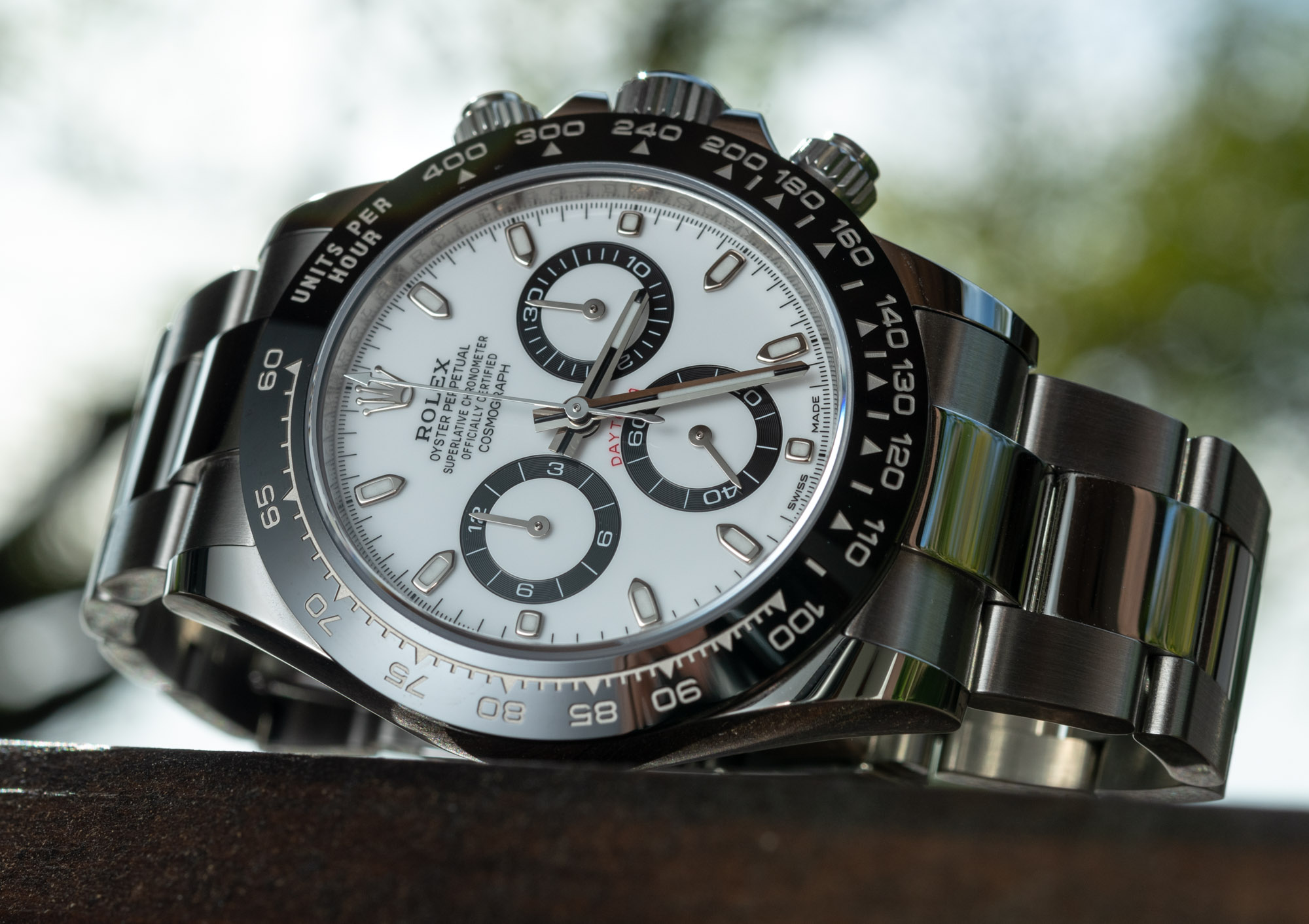
All the world’s most successful luxury watches also happen to be pretty good time-telling instruments. They are often comfortable, easy to use and understand, legible, and often relatively dependable as well as durable. Alternatively, products that may have great designs or fashion sense but that perform poorly as wristwatches fall out of favor with customers very quickly. What comes to mind when I say this is often newer brands with extremely generic and low-end products accompanied by trendy marketing and imagery. What ends growth for most of these companies is the fact that the consumers they market to rarely purchase a second timepiece from them on account of the product itself being far less exciting than the promise of the brand. It is very true to say that while a luxury wristwatch is often not solely sold on its merits as a time-telling tool, it must actually be an adept time-telling tool in order to achieve long-term market success.
A watch cannot be a great watch if it is not also a great tool, but being a great tool alone isn’t enough to ensure any measure of sales success.
Beyond simply telling the time, the most important part of a successful modern watch is ergonomics. That is how the watch looks and feels on your wrist, as well as how easily your eyes can interpret what they are seeing on the dial. Positive ergonomics is important because, without it, people will not use the watch as a watch. They might value it for its beauty and rarity, but it won’t spend very much time on the wrist. A quality tool watch (not in the purpose-driven dive watch sense, but in the basic functionality sense) is one that performs well in a variety of settings and that will not break with ease. These are unsexy qualities by themselves, but there are a lot of popular techniques for creating an attractive narrative around boring topics like how much shock a watch case is engineered to absorb.
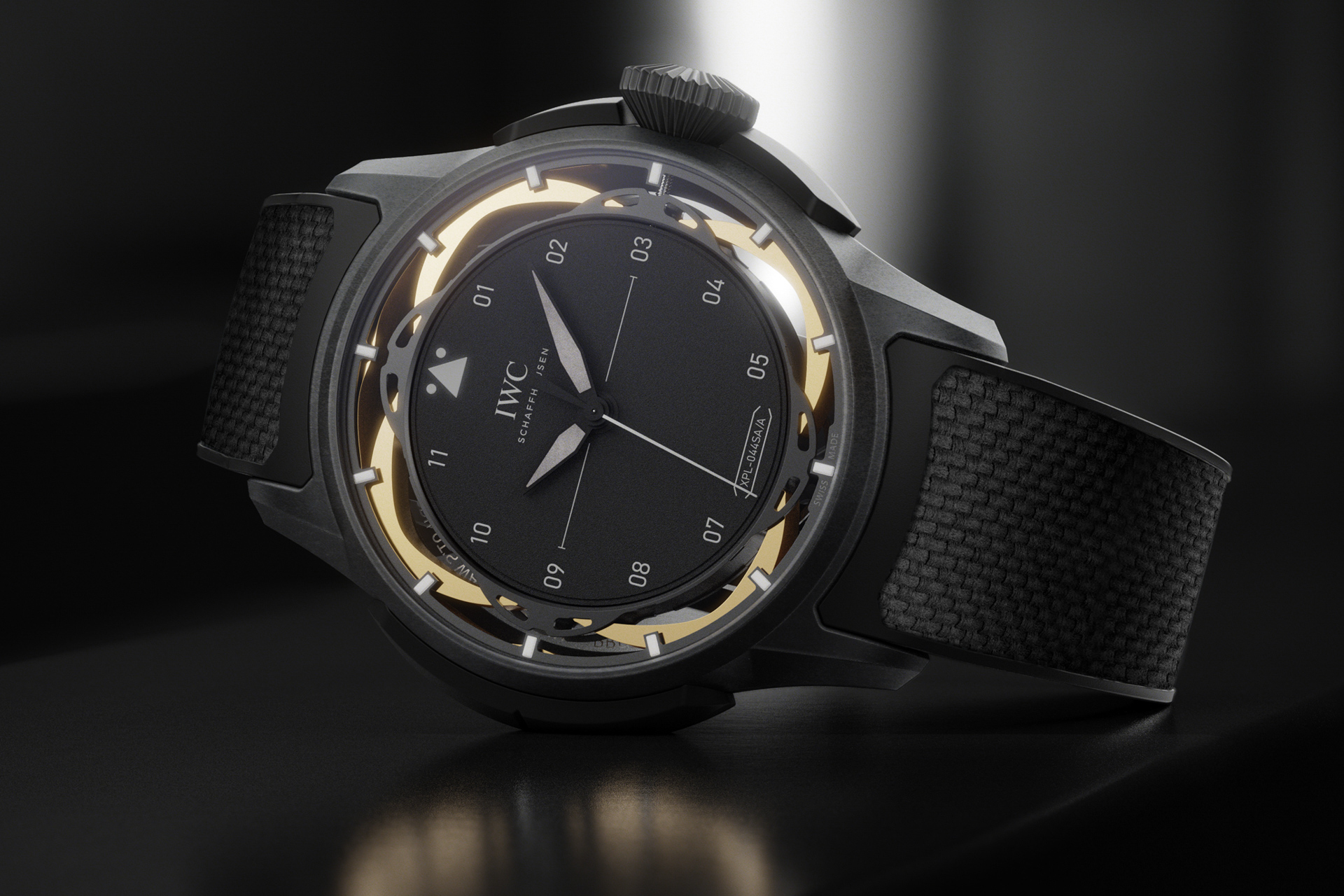
The IWC Big Pilot’s XPL Concept could resist shocks in excess of 30,000 G
On a basic level, being a good tool is a form of insurance for a luxury watch, as opposed to being a strong benefit. A good example is what happens when someone who purchases a very expensive watch learns that it has broken or that it doesn’t tell time very well. Alternatively, the watch could be uncomfortable to wear on your wrist, or it might have parts of the case or bracelet that wear prematurely. Each of these problems is related to the quality of the watch as a tool, and if the watch doesn’t at the very least perform well in that regard, the consumer’s faith in the product can be easily lost. A loss of faith in a luxury watch can result in a lost consumer or an unfortunate product return. These are all things that can regularly happen to very high-end watches that skip a lot of the industrial and engineering refinement necessary in order to produce them as good tools. Flipping the concept again in reverse, even a mechanically simple high-luxury watch will not often have its value questioned by the owner, provided it performs flawlessly in its role as a timepiece.
Watch Ingredient Two: Beauty
The watch market is full of good tool watches that don’t sell because no one wants to wear them. Good tools tend to exist not because people want them, but because people need them. It is, therefore, true to say that (in accordance with the above logic) people want watches, while they need tools. How then do you make people want a tool that they don’t need? Answering that component is the purpose of the other two ingredients of the three-part recipe for a successful watch. The next ingredient is that a watch must contain a lot of beauty.
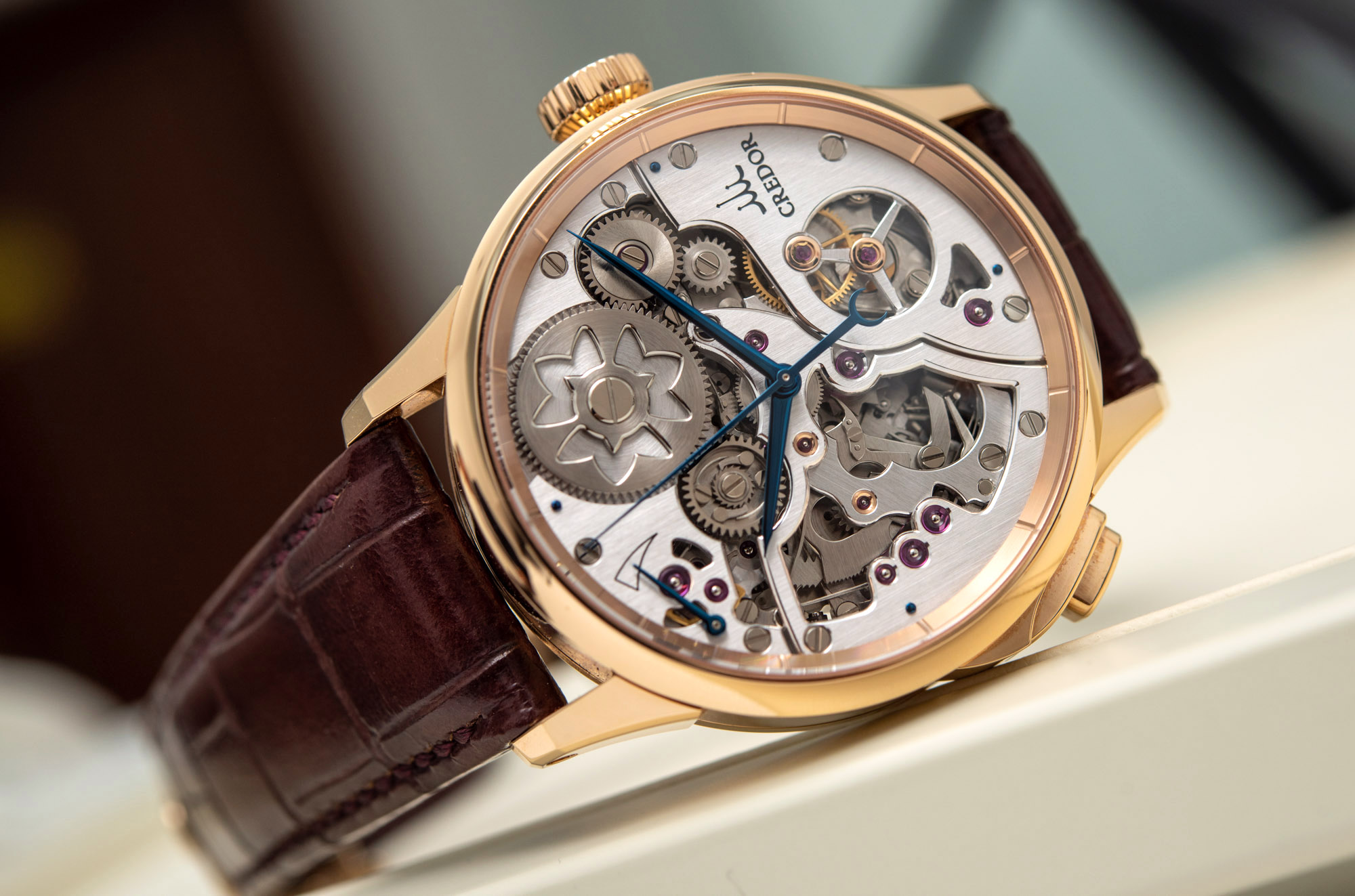
Many of today’s watches are sold similarly to fashion accessories. How they look and how they will be perceived by others are huge parts of a watch’s value. Much of this boils down to a watch’s beauty, and all that this concept implies. Beauty is a challenging term to define because so much of beauty is subjective. We can all agree that something needs to be beautiful or at least attractive, but a group of otherwise similar people will always disagree on what is or isn’t beautiful. With that said, there are many other aspects of beauty such as elegance and symmetry – which are more objective in their measure.
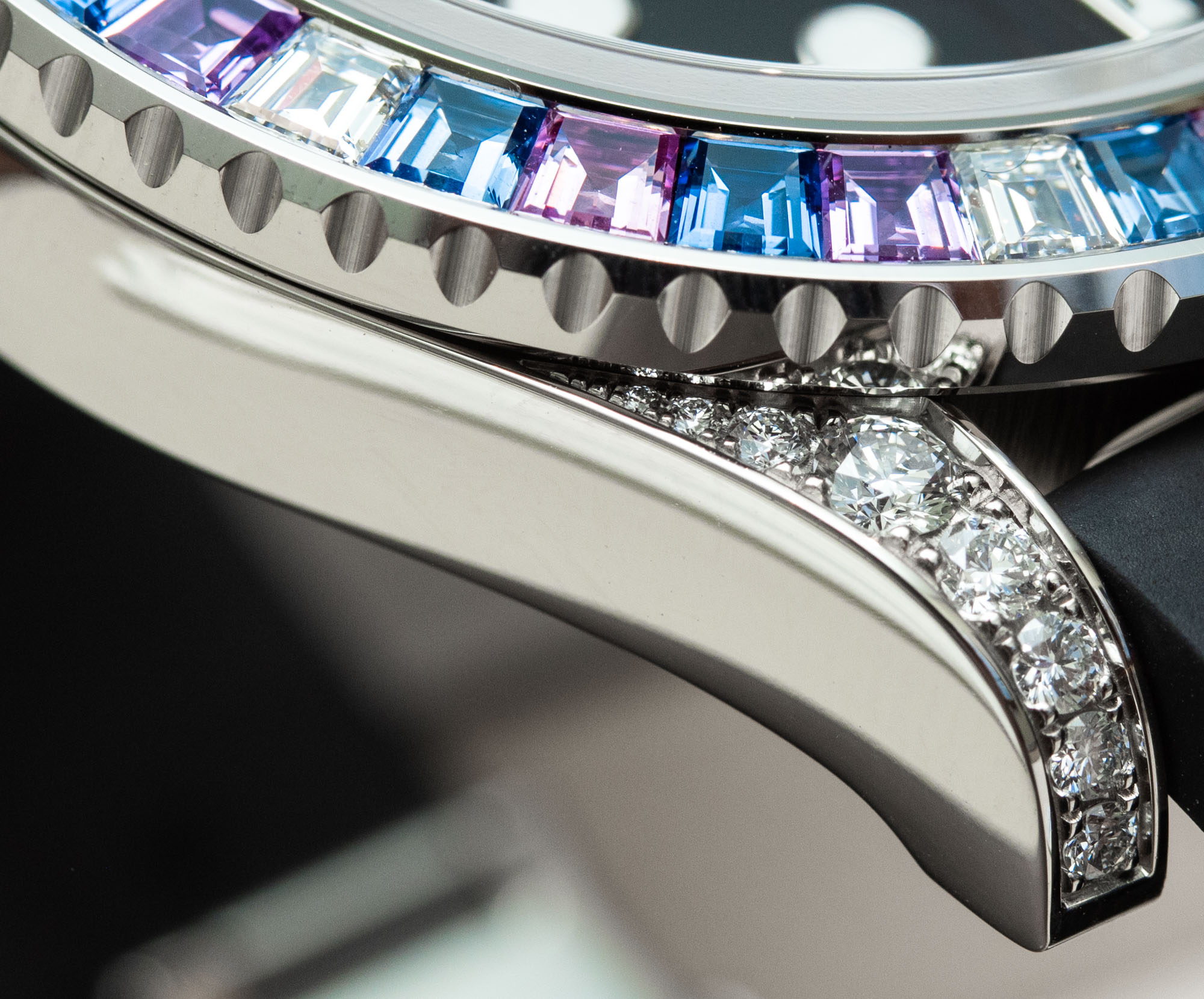
Beauty—that is, aesthetic appeal—in wristwatches comes not only from the visual design of a case, dial, and bracelet but also from how the watch is made. Both the materials used and how they are manufactured as well as finished are integral to a watch’s measure of beauty. Even though taste varies, human brains often agree on things such as attractive visual proportions, symmetry, coloration, and light reflectivity. All of these factors can contribute to or remove from an overall sense of beauty. Objective and subjective beauty may both be difficult to define and measure, but the good news is that most people “know beauty when they see it.” That puts the challenge on watch manufacturers to suss out how to best make beautiful products. Consumers have the easy part because beauty is something they immediately recognize emotionally rather than intellectually.
Being beautiful is a way for a wristwatch to hook a consumer’s attention and establish impractical emotional desire.
The above psychological fact is one of the crucial differences between why watches need to be both great tools and also look beautiful. Whether or not something is a good tool rarely falls down to an emotional decision but is rather an almost purely intellectual calculus. Determining an object’s beauty, on the other hand, is an emotional process as opposed to a dispassionate comparison of facts and figures. We have already established that watches are sold for emotional versus practical purposes; being beautiful is a way for a wristwatch to hook a consumer’s attention and establish impractical emotional desire.
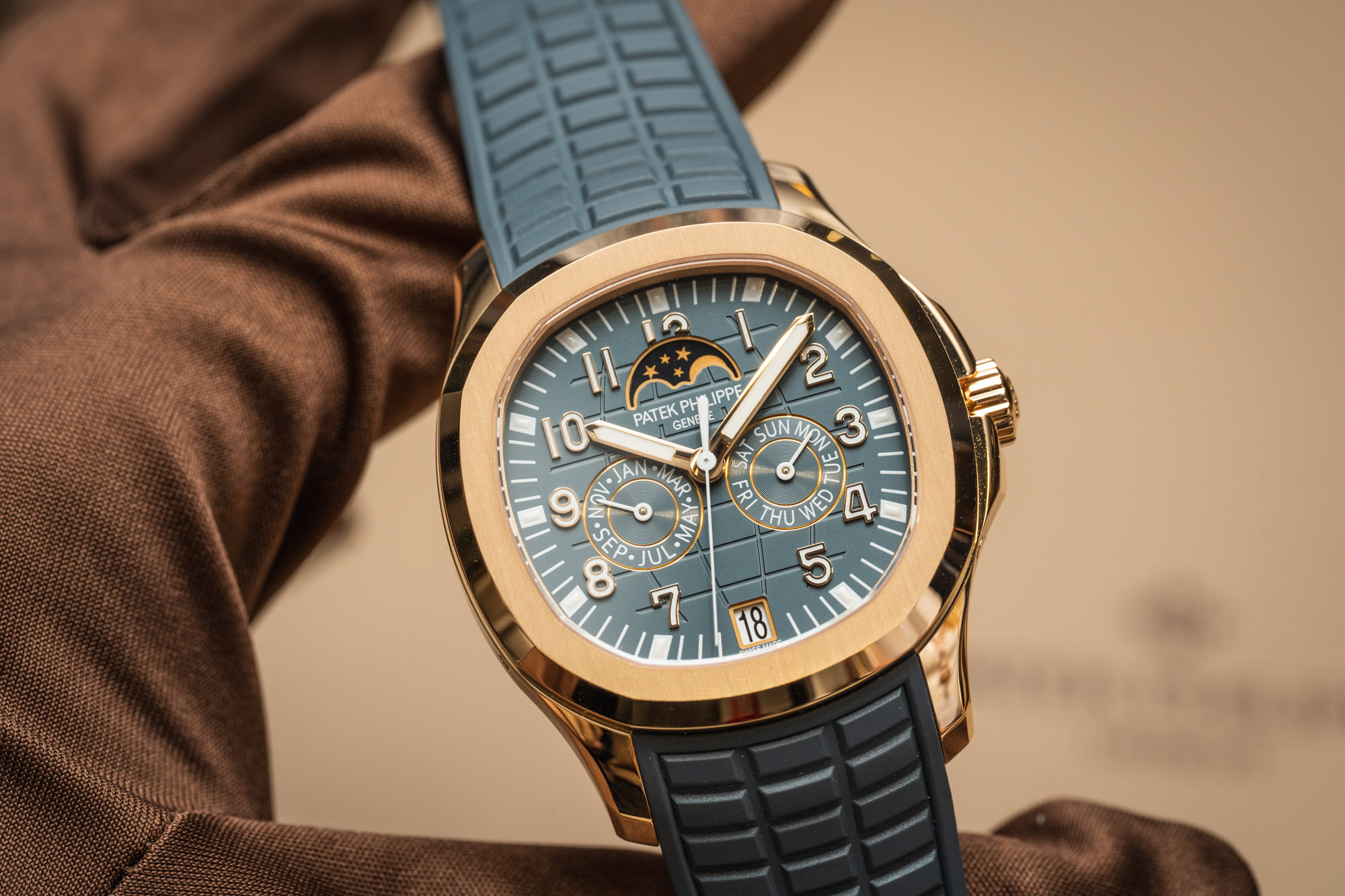
There are two celebrated ways to determine if a watch is beautiful enough. The first way is to build a product that meets the exact specifications of the designer. Most of the time, great watch designs come from a designer imagining something that he or she would like to wear. They are considering themselves as the buyer and thus create a product to suit their tastes. While they are just one of many potential consumers, it is often wise to trust the taste and eye of the original designer. More often than not if the resulting design pleases them, it will also find other fans out there. Thus, if the watch is produced in a watch that satisfies the original designer, the product often ends up being beautiful. The second way to determine if a product is beautiful is to gauge market sales performance. Of course, this works better with a higher-volume product, but consumers vote with their dollars and in many instances tend to focus on a brand’s more beautiful products—a less beautiful watch will sell less well.
Watch Ingredient Three: Story
Now that we have determined that a successful watch needs to be a good tool and also beautiful, one more component is necessary for a product to be a serious power in the market. I call that ingredient “story.” This is really a manifestation of the product or brand’s narrative. The story is quite literally the details people talk about when discussing the product. For this to be effective, two things must occur. First, there must be available details or story elements. Second, there must be communities of people actively sharing and conversing about those store elements. Consumers should have access to information that tells why a watch was made, how it was made, and who it was made by. Brands often need to create and publish this information for it to exist in the first place. Once in a while, consumer communities create their own stories around a product or brand; products with robust story-creating communities around them benefit hugely in terms of buyer demand.
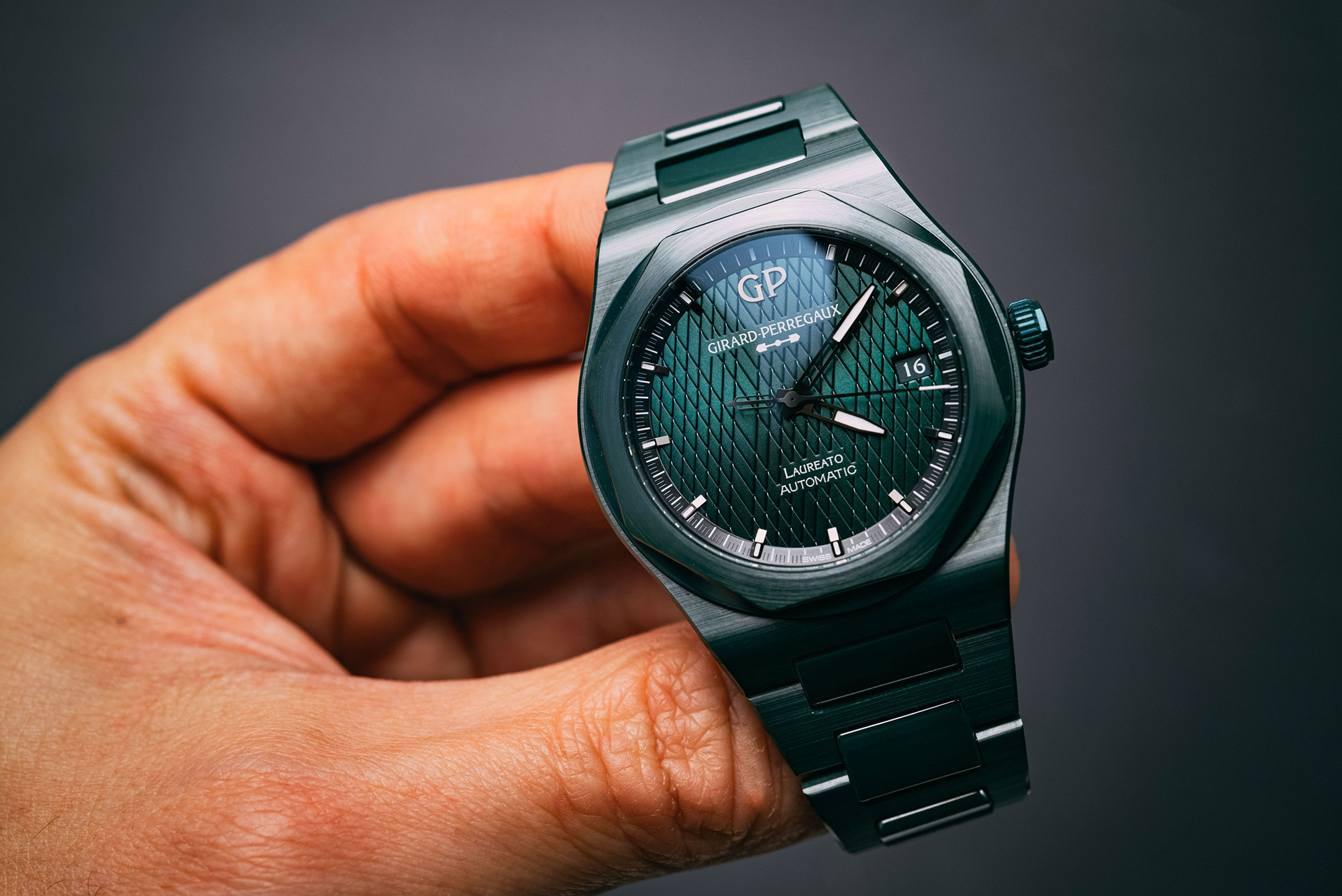
The Girard Perregaux Laureato made with F1 team Aston Marton
There is no real way for brands to ensure that conversations are happening about them and their products. The most they can hope for is to create conversation-worthy news and topics and hope that over time they penetrate the watch community zeitgeist. That often takes a lot of time, diligence, and experimentation. Brands who attempt to market to a consumer community for only a few months may never reach a point where there is enough awareness about their story for people to have a conversation about them. Alternatively, brands that regularly and persistently create media, events, and experiences that tell their stories are typically market leaders.
The greater the story associated with the object, the less impressive the object itself even has to be.
What having a good story adds to the value of a wristwatch is a reason to purchase. A watch can be appreciated as a good tool, but never purchased because its utility isn’t needed. The watch can be admired for its beauty, but given that beauty isn’t really expensive these days, being attractive alone rarely creates the sense of urgency needed to convince someone to own the object. Stories about watches take many forms, but many of them revolve around the idea that to enjoy the power and thrill you can get from a watch, it cannot merely be admired from afar but must be placed on your wrist.
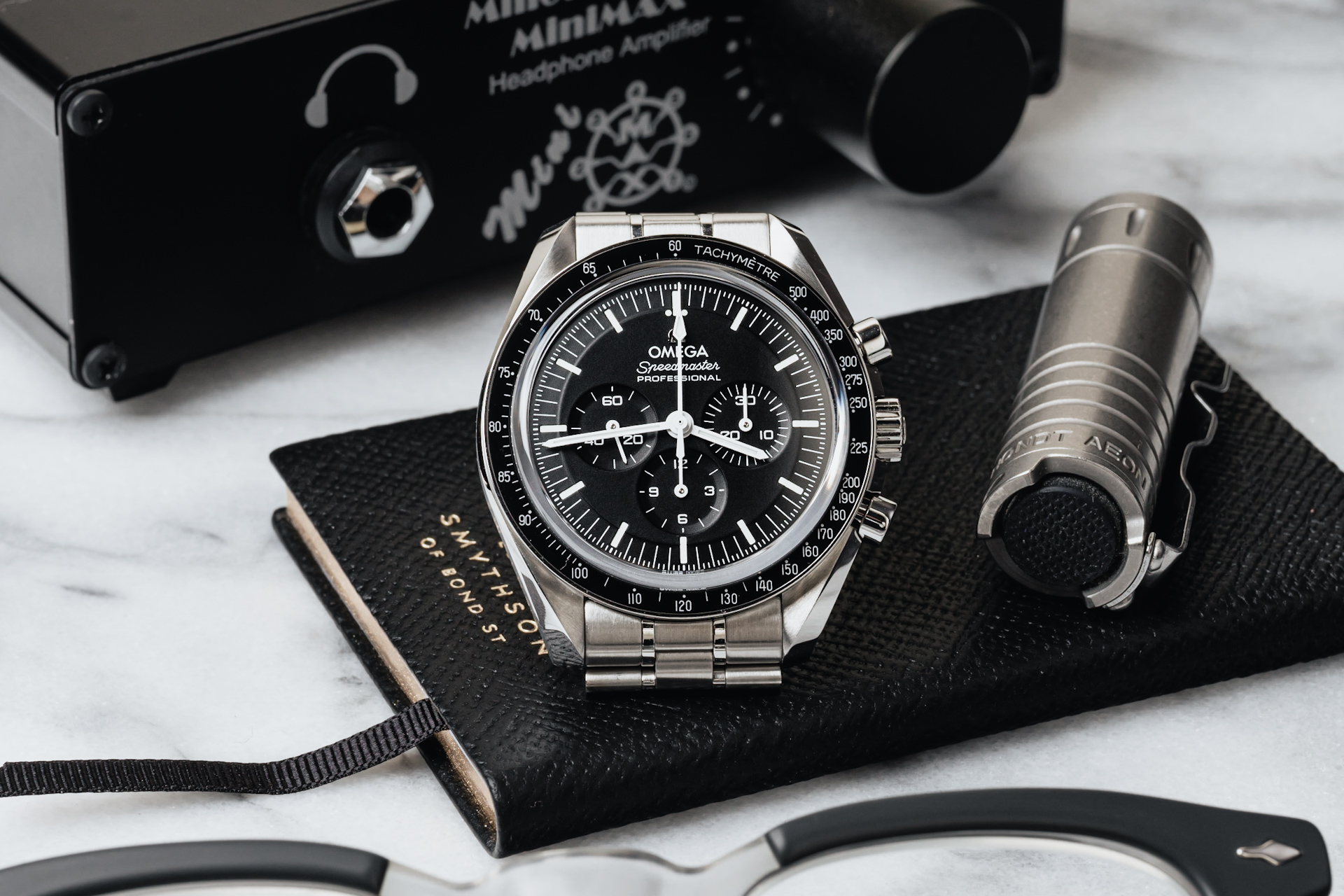 Powerful stories are necessary for successful wristwatches because they form the most important emotion necessary to purchase one. That emotion is the desire to own something – often to own to the exclusivity of others (i.e. “I can have it, and thus someone like you cannot”). The desire to “make yours” an expensive object is the crucial catalyst necessary for any of us to form the desire to purchase something we don’t need. For reasons beyond the scope of this discussion, it is a known phenomenon that people like owning objects which symbolize great stories. The greater the story associated with the object, the less impressive the object itself even has to be. If you combine a great story with a very impressive object (it is beautiful and functional) then you have a powerful formula for creating something not only desirable but a desirable object that people further wish to own.
Powerful stories are necessary for successful wristwatches because they form the most important emotion necessary to purchase one. That emotion is the desire to own something – often to own to the exclusivity of others (i.e. “I can have it, and thus someone like you cannot”). The desire to “make yours” an expensive object is the crucial catalyst necessary for any of us to form the desire to purchase something we don’t need. For reasons beyond the scope of this discussion, it is a known phenomenon that people like owning objects which symbolize great stories. The greater the story associated with the object, the less impressive the object itself even has to be. If you combine a great story with a very impressive object (it is beautiful and functional) then you have a powerful formula for creating something not only desirable but a desirable object that people further wish to own.
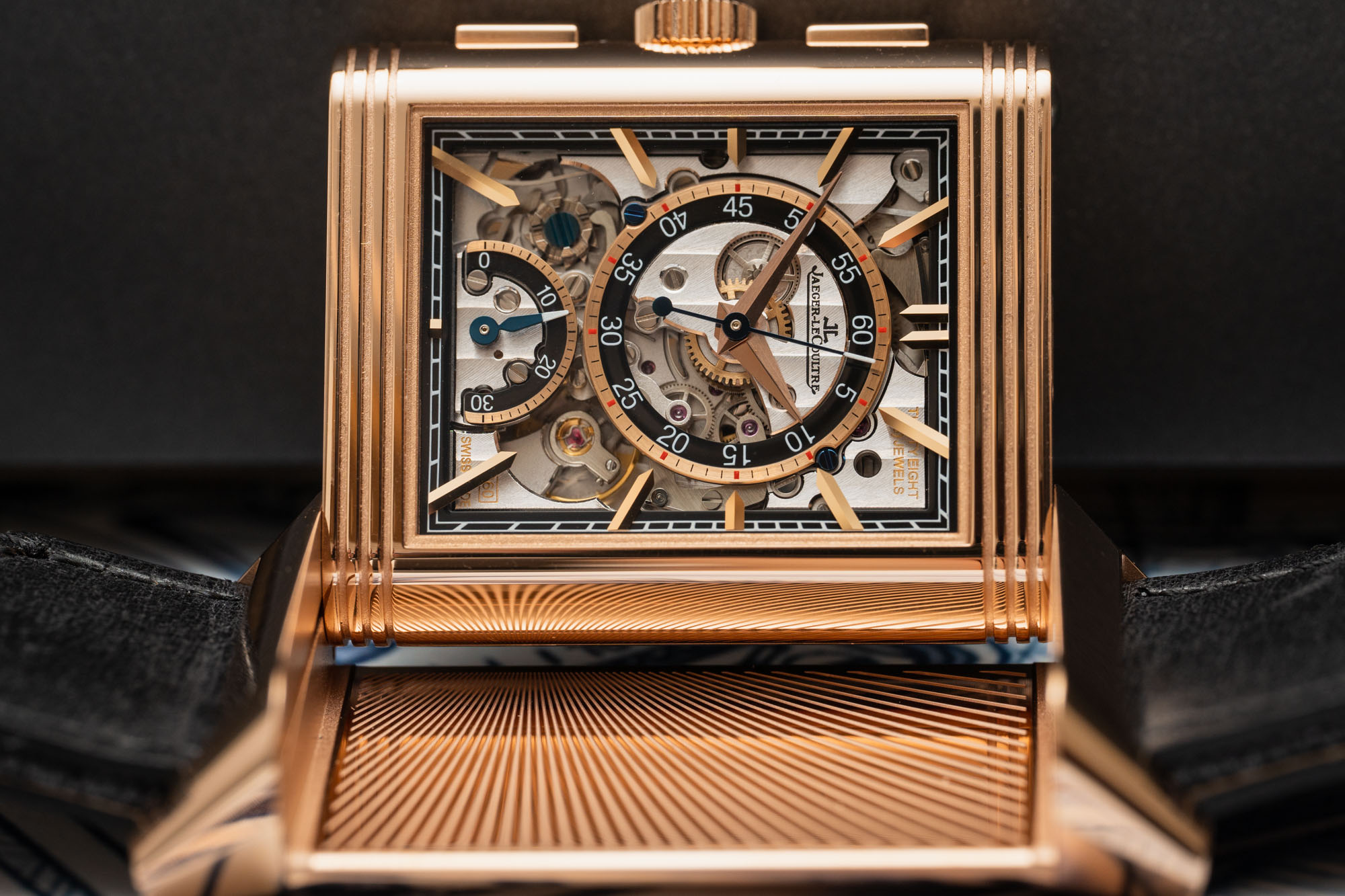
There are plenty of watches on the market that execute on one or even two of the above elements very well. Yet they aren’t what we could agree are successful watches. That’s because the vaunted level of the “status symbol” is a position that only the most dynamic products can earn. They must do so many things correctly at the same time, in large part because the market is so competitive. The sheer volume of objectively good watches on the market today necessitates an eco-system where only the most well-round watches with great stories, great designs, and great utility can sustain success.
Most watch brand managers, designers, and marketers don’t think in the way I have described above. Even seasoned professionals often cannot describe why a watch is successful and can rarely break down the core ingredients that make a successful wristwatch product. The reason I wrote this article is to help offer a framework for both understanding the reasons behind the popularity of some products, as well as to help watch brand managers better plan new products and messaging campaigns. Armed with knowledge about all of the main ingredients that go into my three-part recipe for a successful watch, I wish you success in cooking up your own excellent horological recipe.

